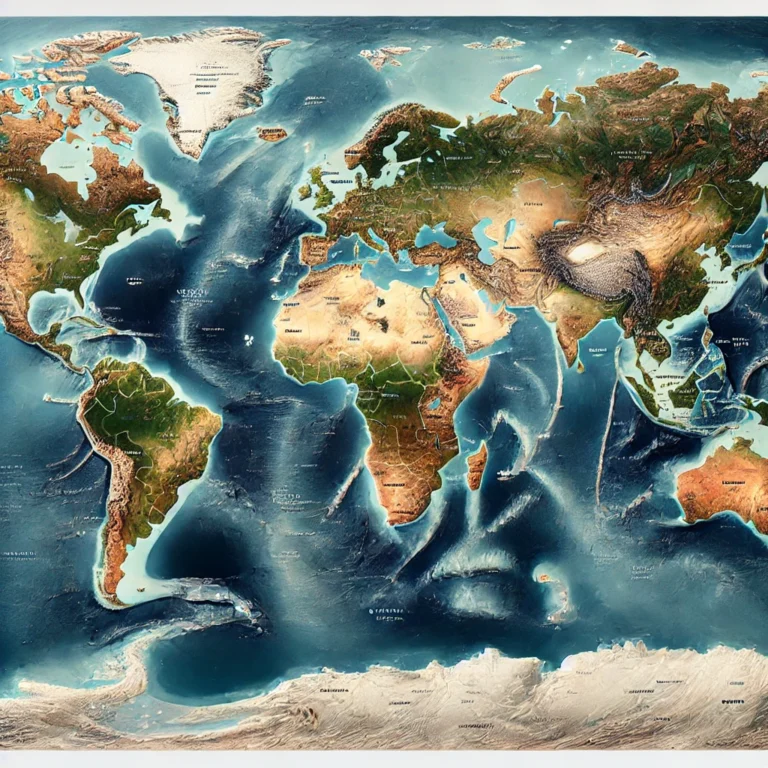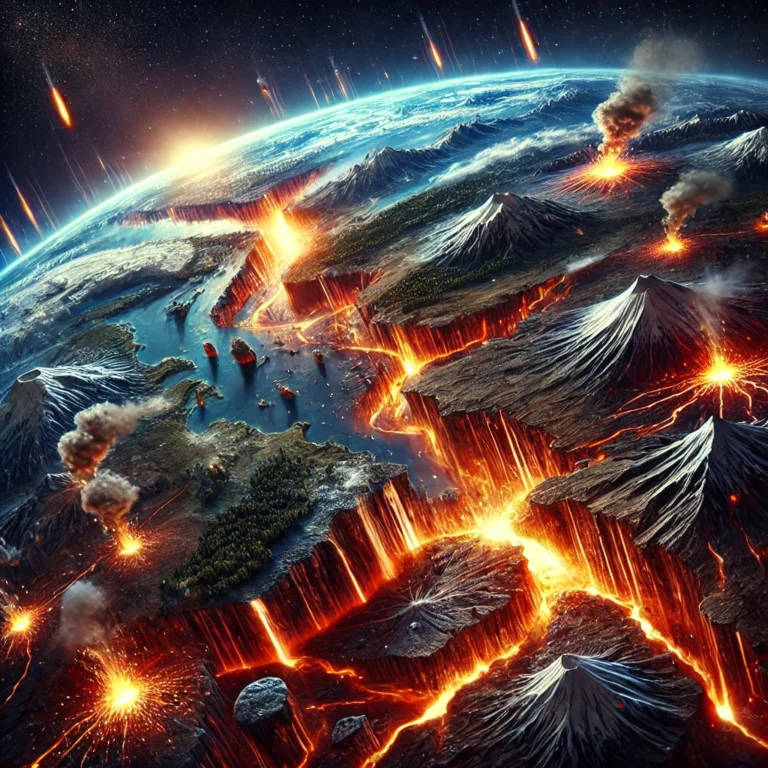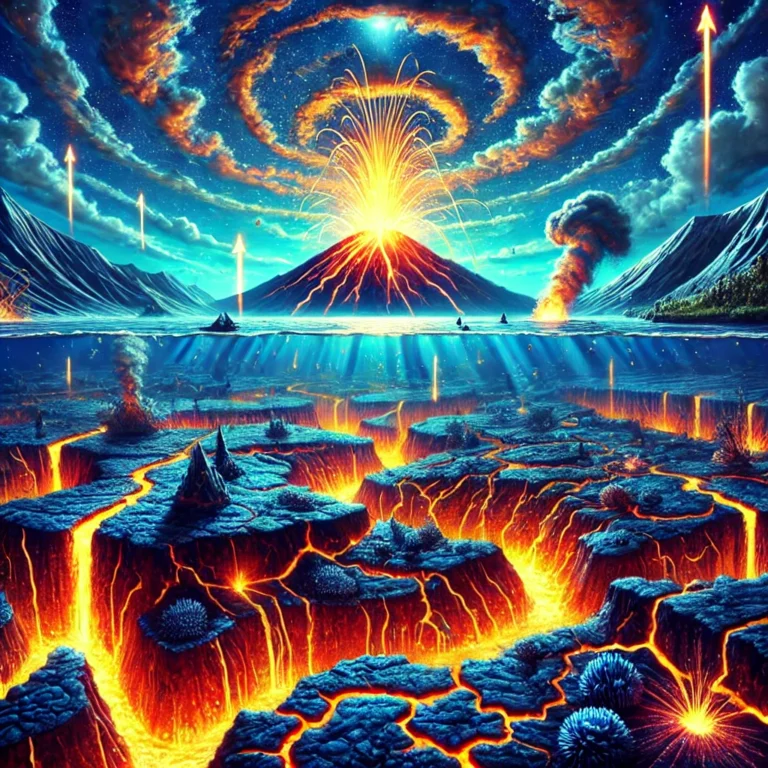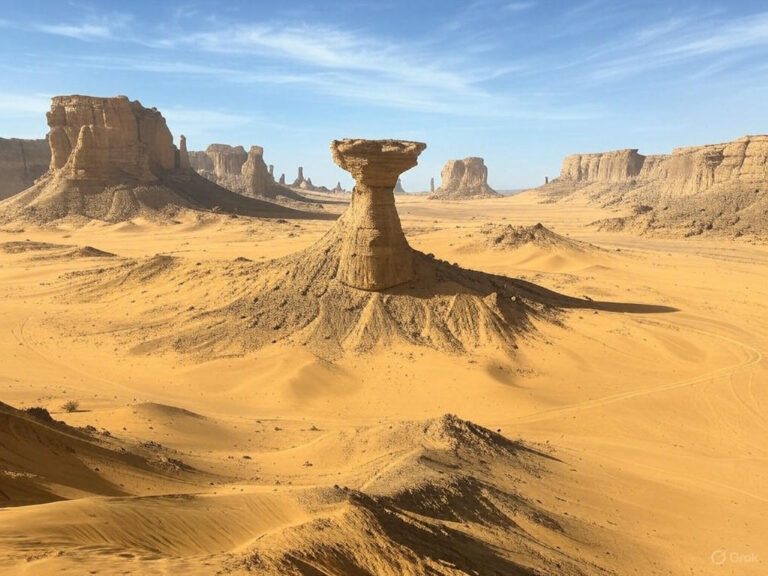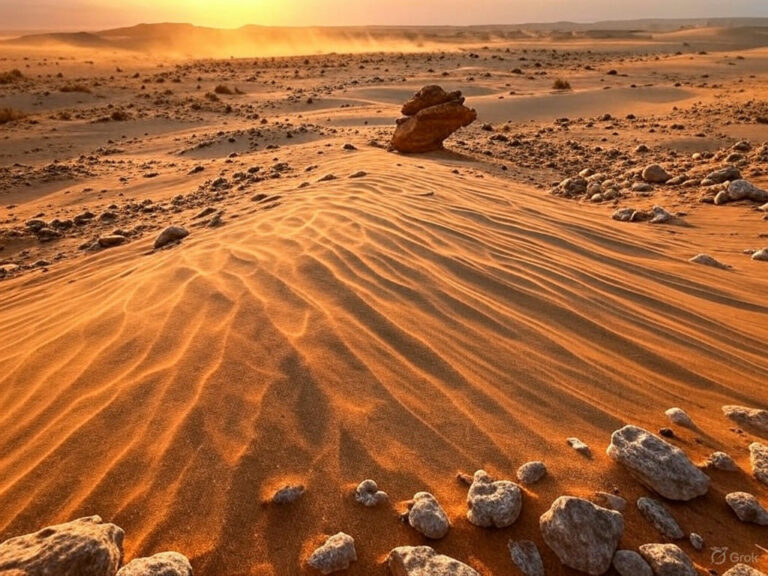Important Facts about Europe
🌐Location and Continental Identity
- Europe lies entirely in the Northern Hemisphere, just like North America.
- Now comes the age-old debate:
“Where does Europe end and Asia begin?”
After all, Europe and Asia share the same landmass (called Eurasia). So, geographers needed to artificially divide them—and they did so using natural features:
Europe is commonly separated from Asia by:
- Ural Mountains
- Ural River
- Caspian Sea
- Greater Caucasus Mountains
- Black Sea
- Turkish Straits (Bosporus and Dardanelles)
This line of separation is not fixed by tectonic plates, but by convention and culture.
So, remember: Europe is more a cultural continent than a strictly geological one.
📏 Size and Coastline
- Area: Around 10.2 million km², making Europe the 2nd smallest continent (only Oceania is smaller).
➤ That’s about 2% of the Earth’s total surface. - Coastline: Europe boasts a very long and deeply indented coastline—approximately 38,000 km.
This complex coastline gives Europe its famous title:
“Peninsula of Peninsulas” (more on this later).
🗺️ Sovereign Countries
- Europe is made up of 51 sovereign states.
- Some of the largest European countries by area are:
- Russia (European part),
- Ukraine,
- France,
- Spain,
- Sweden,
- Norway.
- And Europe is also home to some of the smallest countries in the world, like:
| Country | Description |
| Vatican City | Smallest in the world (0.44 km²), an enclave within Rome |
| Monaco | Just 2 km², bordered by France and the Mediterranean Sea |
| San Marino | Another enclave, located within Italy |
| Liechtenstein | Nestled between Switzerland and Austria |
| Malta | A tiny island nation near Sicily |
| Andorra | Located in the eastern Pyrenees, between France and Spain |
🏝️ Major Islands and Island Groups
Europe is not just a continent of land, but also a continent of islands—each important for geography and often geopolitics.
Some key islands and island groups:
| Region | Islands |
| Russia | Novaya Zemlya, Franz Josef Land |
| Norway | Svalbard |
| Denmark | Faroe Islands, Zealand |
| United Kingdom | Shetland, Channel Islands, British Isles (includes Ireland, Great Britain, Isle of Man) |
| Spain | Balearic Islands |
| France | Corsica |
| Italy | Sardinia, Sicily, Aeolian Islands |
| Greece | Crete |
| Sovereign island nation | Malta (again!) |
🌊 Lakes of Europe
Most of Europe’s largest lakes are located in the northern and eastern parts, especially Russia.
Top 5 Lakes:
- Lake Ladoga – Russia (largest)
- Lake Onega – Russia
- Kuybyshev Reservoir – Russia (a man-made reservoir on the Volga)
- Lake Vänern – Sweden
- Rybinsk Reservoir – Russia
Here, note that Russia dominates the lake list, thanks to its vast land and river systems.
🏔️ Highest Mountains
Europe’s top peaks are a point of pride and sometimes confusion, especially about the location of Mount Elbrus.
| Mountain | Height | Country/Region |
| Mount Elbrus | 5642 m | Russia (Caucasus range) – often debated if it’s in Europe or Asia, but commonly included in Europe |
| Mont Blanc | 4808 m | Located in the Alps, between France and Italy – highest in Western Europe |
📌 Other Key Geographical Facts
Let’s now cover some interesting trivia and technical facts that often become MCQ or mapping questions:
- Northernmost Point (mainland): Cape Nordkinn, Norway
- Southernmost Point: Island of Gavdos, south of Crete, Greece
- The Pyrenees – A mountain range acting as a natural border between France and Spain.
- Vatnajökull Glacier – Located in Iceland, this is the largest glacier in Europe.
- Europe is famously called the “Peninsula of Peninsulas” due to:
- Its highly indented coastline
- Many peninsulas: Iberian, Scandinavian, Italian, Balkan, etc.
- 14 Landlocked Countries in Europe:
These have no direct access to the sea. Examples include:- Austria, Hungary, Belarus, Czech Republic, Slovakia, etc.
- Special case: Liechtenstein – one of the world’s only double-landlocked countries (landlocked country surrounded by other landlocked countries!)
- Vatican City:
- The smallest country on Earth
- Home to St. Peter’s Basilica – the largest church in the world
- Finland: Often called the “Land of a Thousand Lakes” – although it actually has over 180,000 lakes!


